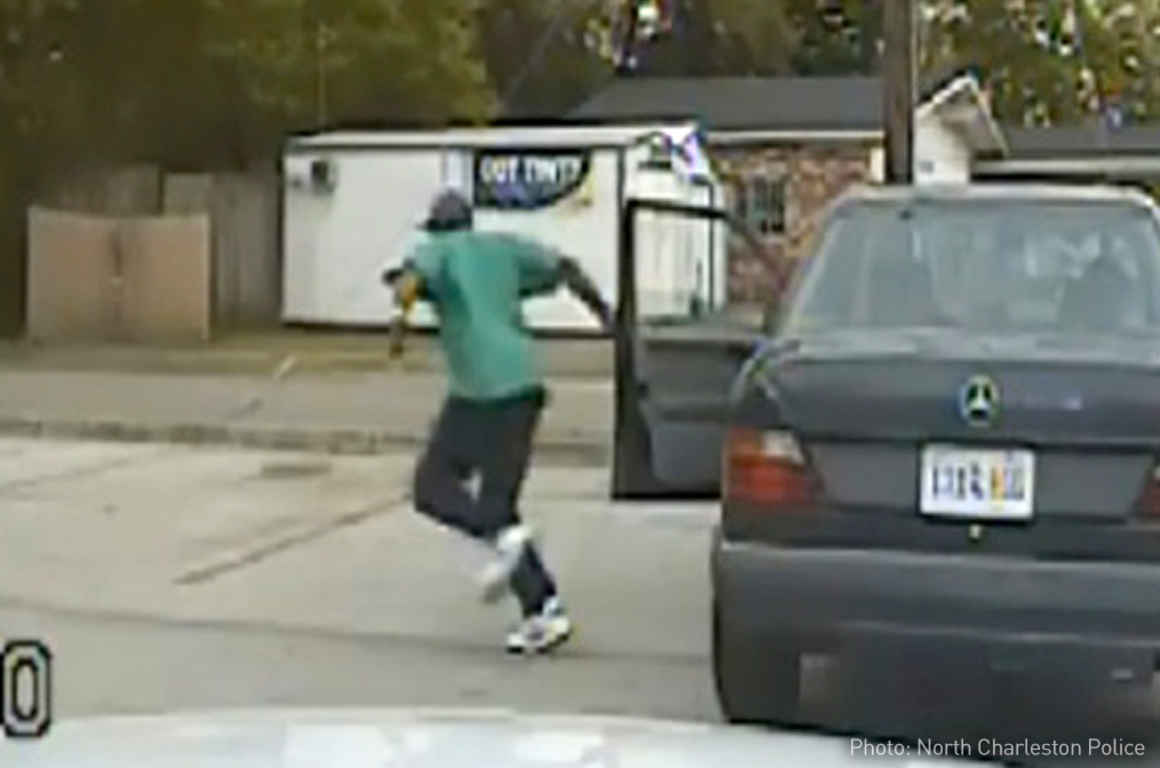Shortly after Sam arrived in this country, seeking asylum to escape threats to his life in India, he was robbed, beaten and left unconscious on the side of the road. He suffered severe head trauma, including a fracture and a concussion. He immediately reported the crime, and a Kern County Sheriff’s deputy visited him in the hospital. He answered the deputy’s questions and cooperated fully. Although Sam met the legal requirements for a U-visa certification, Kern County Sheriff Donny Youngblood refused his request. That certification is needed to apply for a U-visa from the federal government.
The U-visa gives temporary immigration status to victims of more than two dozen serious crimes, ranging from domestic violence to sexual assault, from blackmail to involuntary servitude. But a victim or someone with information about a crime cannot apply for the U-visa without a law enforcement certification confirming that the applicant was a victim and has been or is likely to be helpful in the investigation or prosecution of that crime.
Alfredo also cooperated with deputies from Youngblood’s department. He had arrived in the U.S. when he was five. A relative repeatedly sexually assaulted him when he was a child. Alfredo was young, ashamed and afraid, so he did not report the crimes. Miraculously, the relative turned himself in years later. Alfredo is now in law school and wants to dedicate his career to helping other victims of sexual abuse. But Sheriff Youngblood denied his U-Visa certification, so his options to do so are limited.
By refusing to sign Sam and Alfredo’s certifications, Sheriff Youngblood prevents them from getting a U-visa—even though they meet the statutory requirements for a certification. Youngblood has approved only four applications of 160 between Jan. 1, 2012, and last December 19.
In honor of National Crime Victims’ Rights Week (April 20-25) and together with our community partners in Kern County, we have sent a letter to Sheriff Youngblood expressing our deep concerns with his U-visa policy. The law allows Sheriff Youngblood to make case-by-case determinations whether to issue a U-visa certification. But to adopt a general policy to not certify U-visas is at odds with the law and consistent with his attempts to take federal immigration enforcement into his own hands. Youngblood has earned a reputation as a California version of Maricopa County Arizona Sheriff Joe Arpaio who has been found guilty of racial profiling in federal court and whose jails have twice been found to violate the constitutional rights of inmates. Youngblood’s policy encourages crimes against immigrants, drives crime victims further into the shadows and makes the community as a whole less safe.
Unsurprisingly, it is also out of step with the certification practices of most law enforcement agencies nationwide, including the Kern County District Attorney, who recently changed her U-visa certification policy to certify regardless of when the crime took place. The district attorney’s policy is a welcome alternative to Youngblood’s intransigence, and immigrant rights groups will need to make crime victims aware that they have that option.
When a bipartisan Congress created the U-visa, it did so precisely to address the problem that now exists in Kern County – victims of crimes were unable to come forward to report crimes or assist law enforcement investigations for fear that they would be deported. Because Sam had an asylum claim at the time of his assault, he was able to report the crime without fear of deportation. Alfredo’s abuser came forward. But numerous victims in Kern County do not report crimes out of fear, largely due to Youngblood’s open animosity towards immigrants.
Countless immigrant crime victims in Kern County over the years have been unable to apply for the U-visa because Youngblood’s department refused to certify them. These individuals suffered heinous crimes. Many of them not only met the legal standards for U-visa certification, but they met Sheriff Youngblood’s stated criteria – their lives were put at risk by the crime they suffered, and they were cooperating with an ongoing investigation. Yet Youngblood refused to sign their certification forms, thereby preventing them from applying for a U-visa.
Today, we urge Sheriff Youngblood to take immediate action to change his U-visa policy so that he can respond to the public safety needs of all residents of Kern County.
Katie Traverso is legal fellow at the ACLU of Southern California. Follow @ACLU_SoCal.



